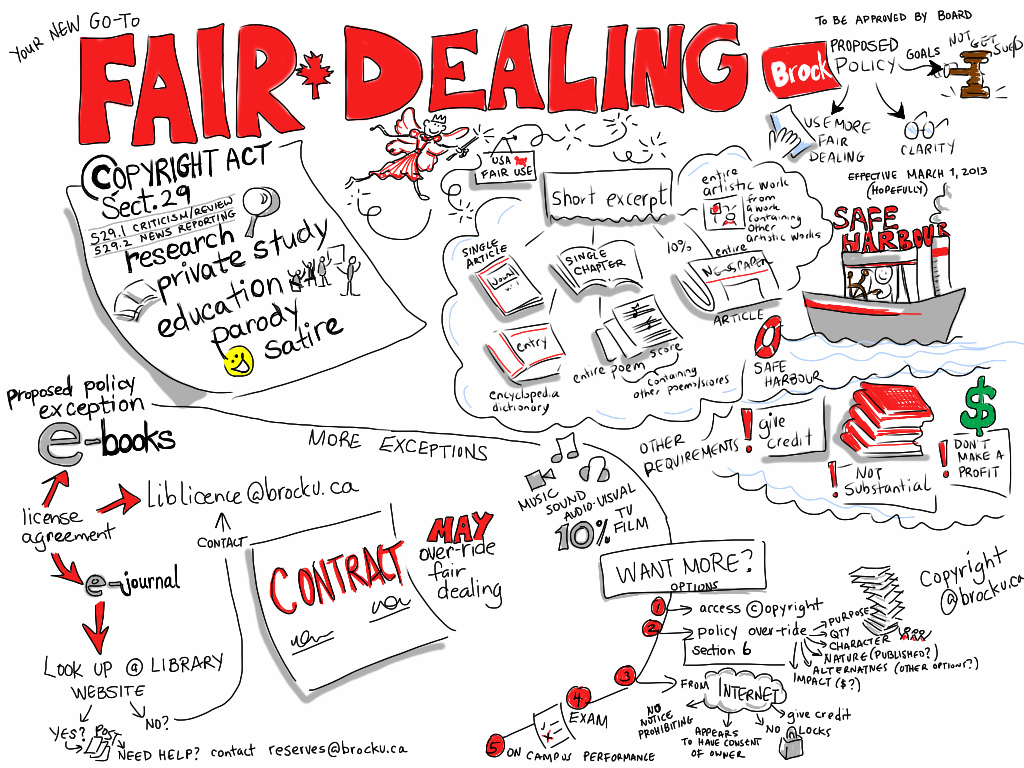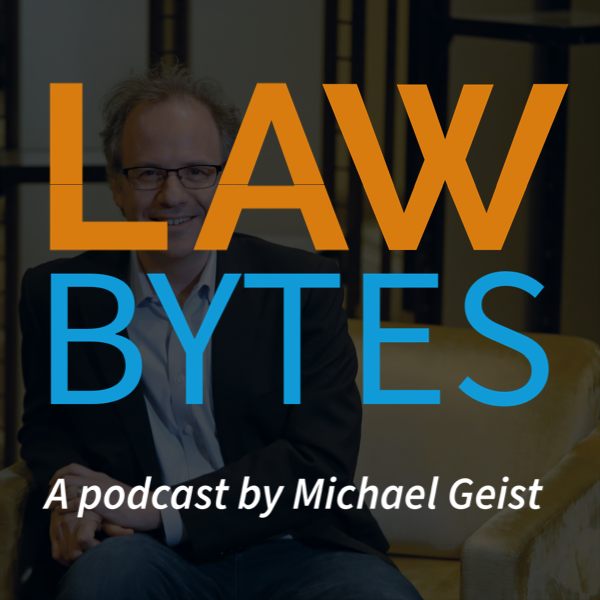Coverage of the Canadian government’s decision to seek entry into the Trans Pacific Partnership trade negotiations with the United States, Australia, and many other Asian and South American countries has
focused primarily on the potential impact on supply management systems in the dairy and other agricultural sectors. While some believe Canada will ask for an
exemption for supply management (and some countries
view Canada’s entrance into the talks with skepticism), the potential impact of the TPP on Canadian intellectual property laws should not be overlooked.
Based on leaks of the current drafts of the TPP IP chapter, the agreement would overhaul Canadian copyright law far beyond what is contemplated in Bill C-11. In fact, the TPP would require even stricter digital lock rules, extend the term of copyright, restrict trade in parallel imports, and increase various infringement penalties. If Canada were to ratify the TPP, it would require another copyright bill to undo much of what the government is about to enact with Bill C-11. A recent study on the implications of the copyright provisions point to many concerns including:
Read more ›







